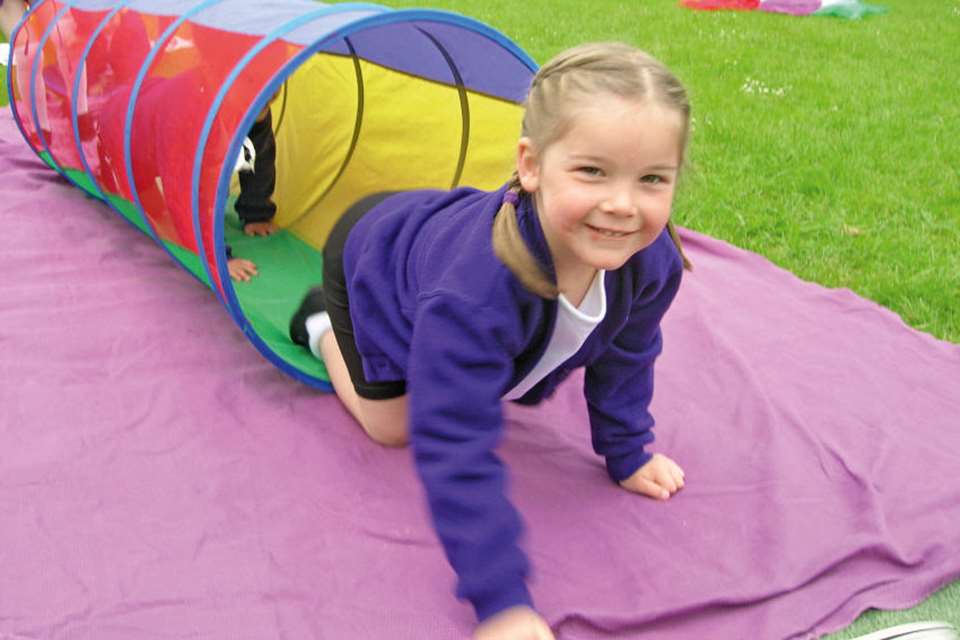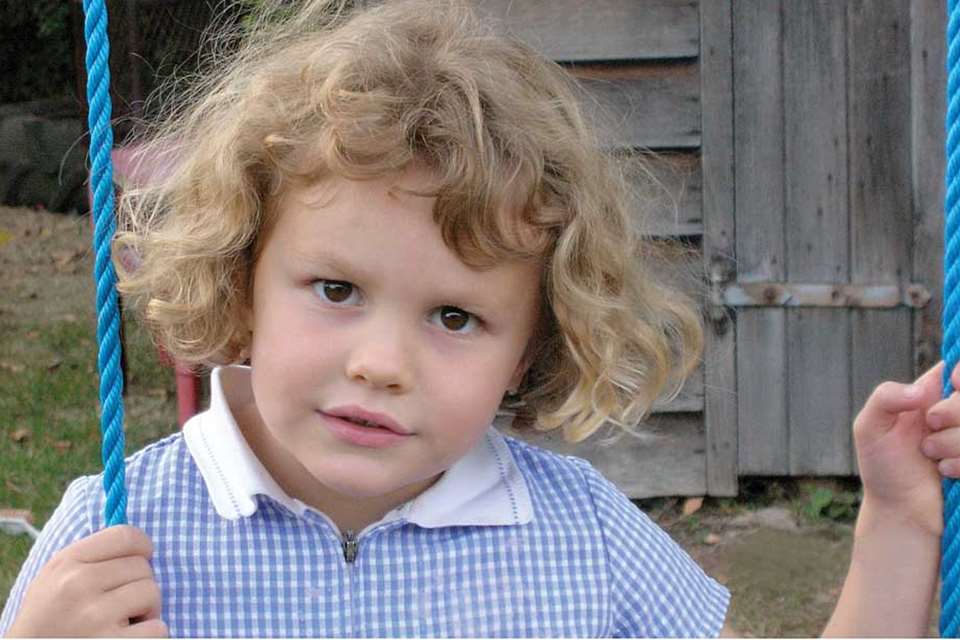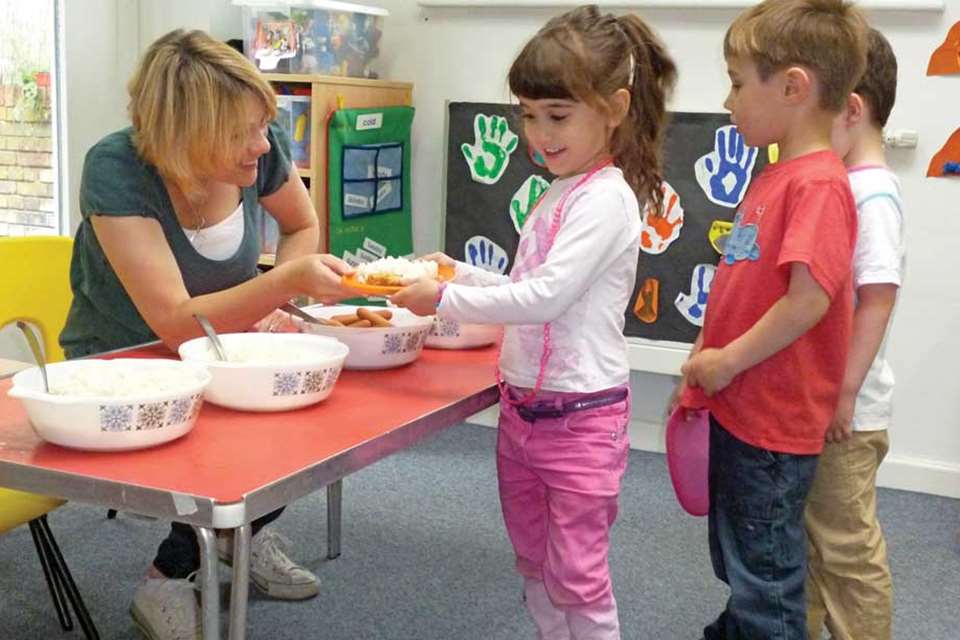Working Mum - Moving on up
Working Mum
Monday, February 9, 2015
Transitions can present challenges, but in the right situation children can be surprisingly adaptable, says Working Mum.

I hate change. Thankfully, DD2 (Dear Daughter 2) doesn't take after me and her recent transition at nursery from the baby room to the tweenie room was tear free.
The baby room is separated from the tweenie room by a folding partition, which at some times during the day is opened so that the children can have free-flow between the areas. I think this layout really helped my daughter because the transition wasn't a big step into the unknown. She was already familiar with some of the children and the staff.
I was aware that the nursery policy is to move children up when they turn two years old and DD2's key person discussed it with me about a month before her birthday. She said that she felt that my daughter would be physically and emotionally ready to make the move and I agreed.
She is close friends with a child of the same age as her and, unfortunately, it was decided that her friend should wait a couple of months before moving rooms because she was still crying when dropped off in the mornings. I thought this may upset DD2, but it didn't prove to be a problem and she still spoke regularly of her friend while also making new ones.
The transition was done over a couple of weeks, with her going in to the tweenie room to share stories or to sit with the older children at mealtimes. Perhaps having an older sister helped because she is used to being around bigger children and is not daunted by more boisterous play.
WITHOUT FUSS
On her first official day in the tweenie room, DD2 was excited to enter nursery by a different door and was able to proudly show me her new coat peg and drawer. The staff welcomed her and she sat down for breakfast without fuss. I liked that she was allowed to go into the baby room to visit if she wanted and a few times she chose to sleep there but this tailed off after a couple of weeks. Now she is a 'big girl' she's even wondering whether she needs to nap at all.
She is enjoying the different activities that are on offer in the new room and her key person noted in her progress report that increasingly she is playing with children rather than alongside them. I have noticed particularly that her speech has leapt on since changing rooms and she is now talking in sentences and can hold short conversations.
The tweenies have pets - some goldfish and an African land snail - and this fascinates DD2. The children are given the responsibility of taking turns to feed the pets, which they seem to relish. DD2 also enjoys the independence of washing her own hands (although this often results in her getting soaked) and getting a tissue when she needs one. The next big stage for her will be to start toilet training, something we decided to delay until she was well settled in the tweenie room.
DD2's close friend has moved into the tweenie room this week. I am told that they are inseparable again, but I am pleased that my daughter made the big move by herself and proved that with the kind support of the practitioners, she is well capable of managing change. I should take lessons from her.
A WORD OF ADVICE
Mixed-aged spaces work well for Cowgate Under 5s Centre in Edinburgh, says early years practitioner June Graham
Using mixed-age groups is the most natural way to nurture children, as it makes the nursery more like a home, and brings many benefits.
An obvious one is that transitions can occur naturally. But greater freedom also enables children to:
- spend time with their siblings
- become more adventurous, independent and confident
- develop spatial awareness and assess risks
- share experiences - younger children can watch or participate in older children's more challenging activities
- become more socially responsible - older children often take on a nurturing role towards the younger ones.
Parents like this approach as much as the children.
MAKING THE CHANGE
If you would like to make the change, then it is important that you first consult not only with staff, but also with parents and the children themselves. Many of our team were initially unsure about the change and concerned, particularly, about the safety of the very young.
Change can be uncomfortable for some, so the process needs to be well thought out, and everyone needs the chance to voice their thoughts. Allow plenty of time for this process.
It is also essential to make risk assessments. List all that needs to be done and allocate responsibilities to team members. For example, will you have to make physical changes to the building to ensure the safety of the now-more-mobile younger children? Are changes needed to help children access other areas? Our baby room now has a gate that the children can open, so empowering them to move freely from the room themselves. And what about staffing? You may have to revise roles and responsibilities to support the now-more-mobile children.
- For more information, visit www.nurseryworld.co.uk/1147537.










